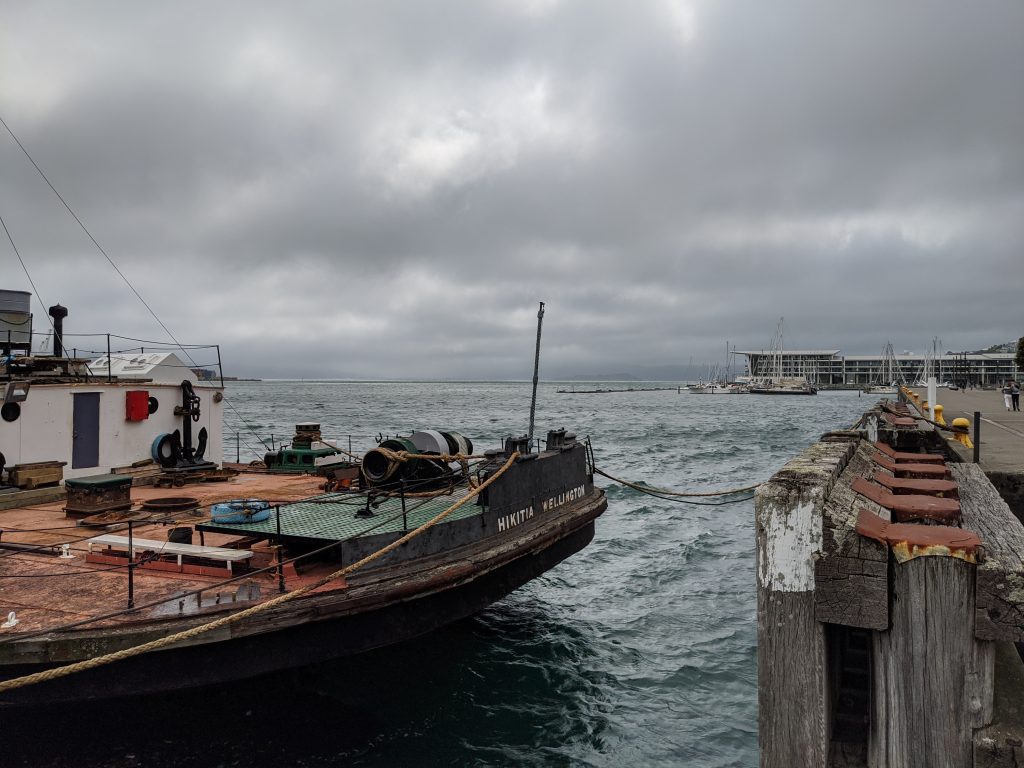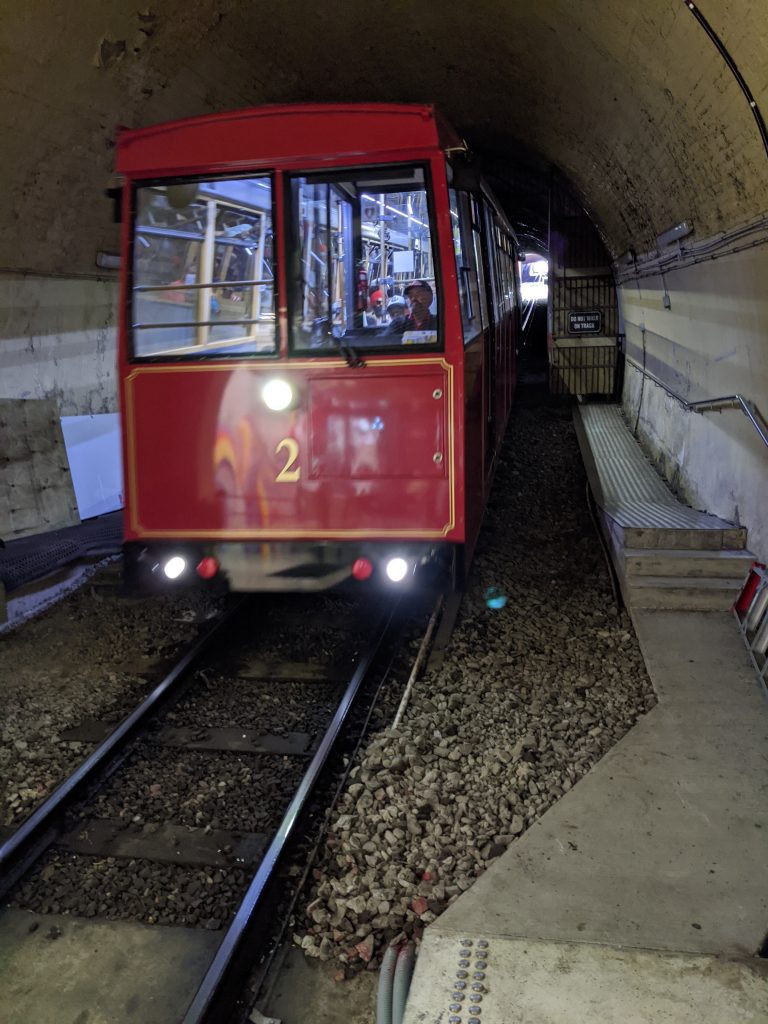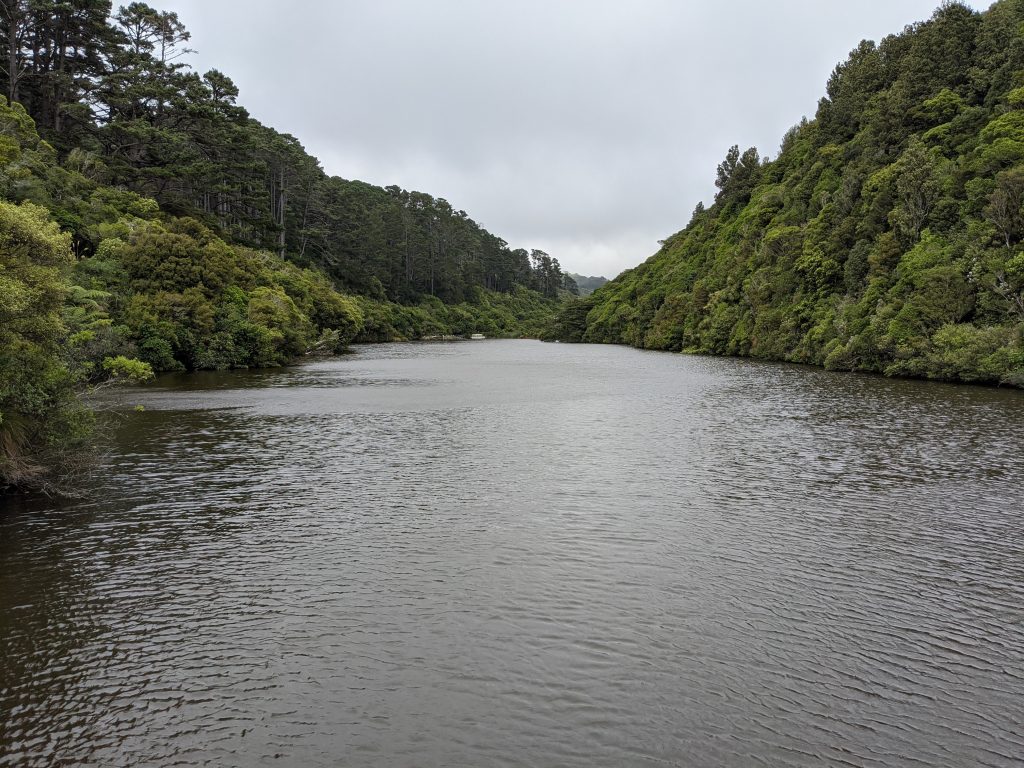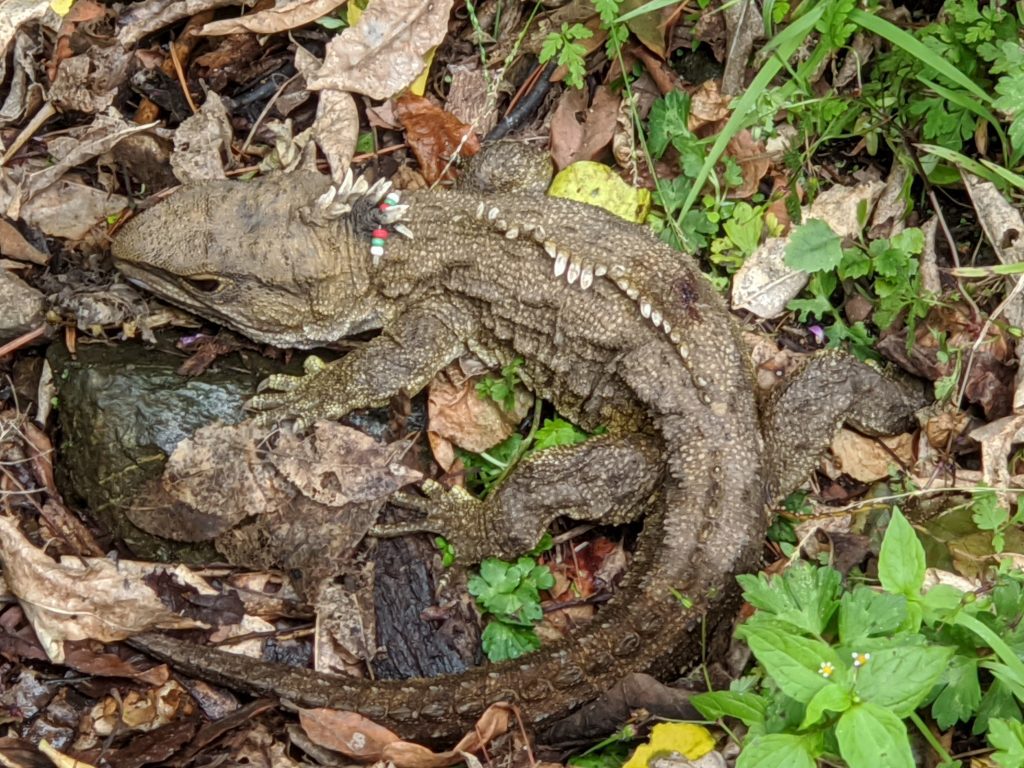A tui on a tutu in Zealandia

We arrived in Wellington after 2am thanks to storms delaying our departure out of Sydney. So we were a bit tired today as we explored Wellington in the wind.
We walked the waterfront from our hotel, which sits at one end, to the cable car, which sits at the other, buffeted the whole way by wind – they don’t called Wellington ‘windy’ for nothing. The positive thing was that the wind was whipping the Harbour into a nicely dramatic frenzy.

Now I am sorry to be pedantic, but the Wellington cable car is not really a ‘cable car’, it is a cute little funicular. Regardless, it saves a significant amount of walking up to the top of the hill behind Wellington. There we swapped funicular for electric bus to shuttle around to Zealandia.
In the late 1800s Wellington created two reservoirs in the hills behind the town. Fast forward to the late 1900s and two problems emerged. One was that the reservoirs were no longer big enough to service the growing city. The other, and less negotiable one, was that the top reservoir was built on top of the Wellington fault line and in the case of a serious earthquake was likely to add flood to the apocalyptic feel.

Someone came up with the excellent idea to make the entire area into a reserve for native New Zealand animals, birds, and plants: Zealandia. The idea was particularly apt because possums, which carry tuberculosis, had long been kept away from the reservoirs. So a huge fence was built and many animals and birds were re-introduced from the offshore islands where the last few examples remained. It’s been a great success with the numbers of animals burgeoning.

Zealandia also makes for a fabulous walk in the bush just on the edge of the city. We saw so many birds, including the tui (bird) on a tutu (tree). My favorite thing though was the tuatara – which is pretty much a left-over dinosaur. It’s a reptile, but it is not a lizard. It’s born with a third eye. It has no teeth as we know them, just outcroppings of jawbone. The males have no penis. All of which is exactly the same as its fossilized ancestors.
Making our way back to the hotel the wind had increased. In theory it should have been easier to deal with as it was now at our backs, but like when you walk downhill and it can be more tiring than going up, it was strong enough you had to fight it every step of the way.
After a dinner on Wellington’s main eating strip Cuba Street, we sat with cocktails and watched night fall over the harbour.